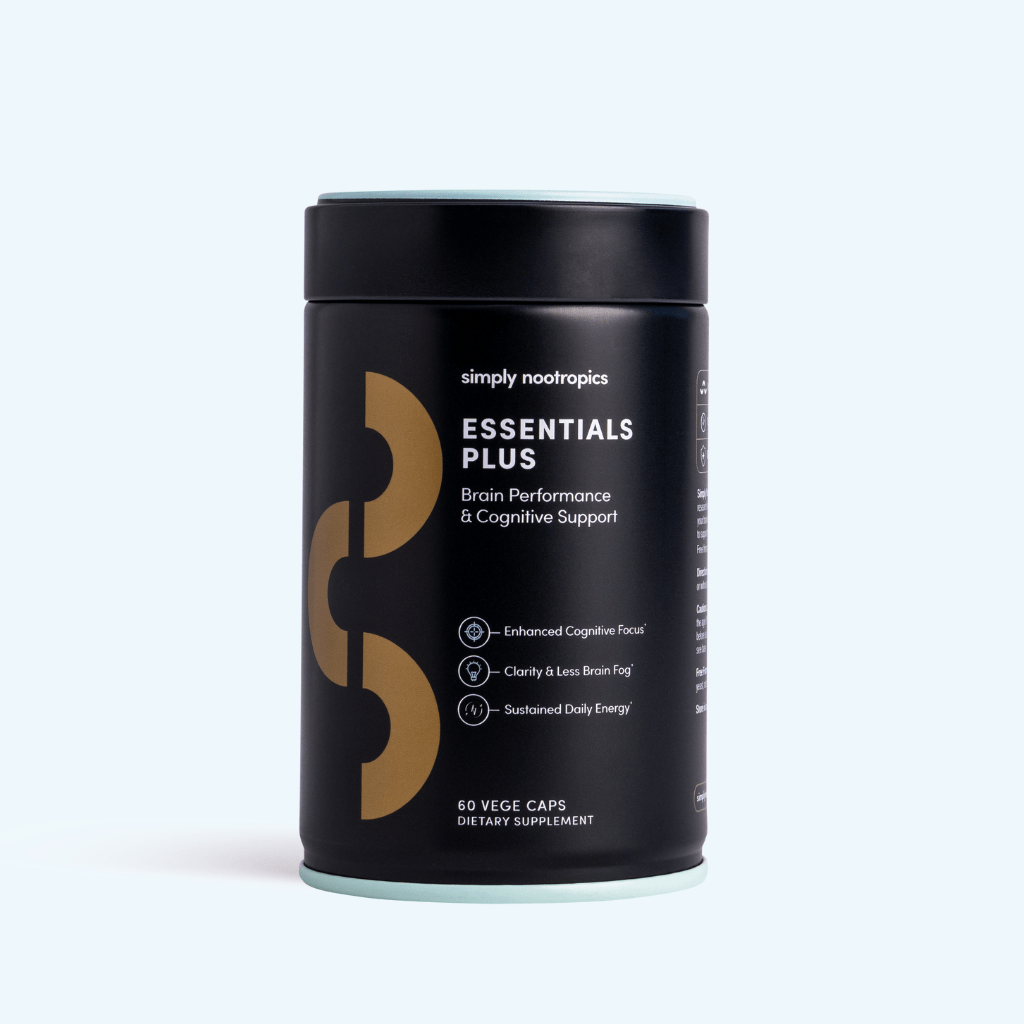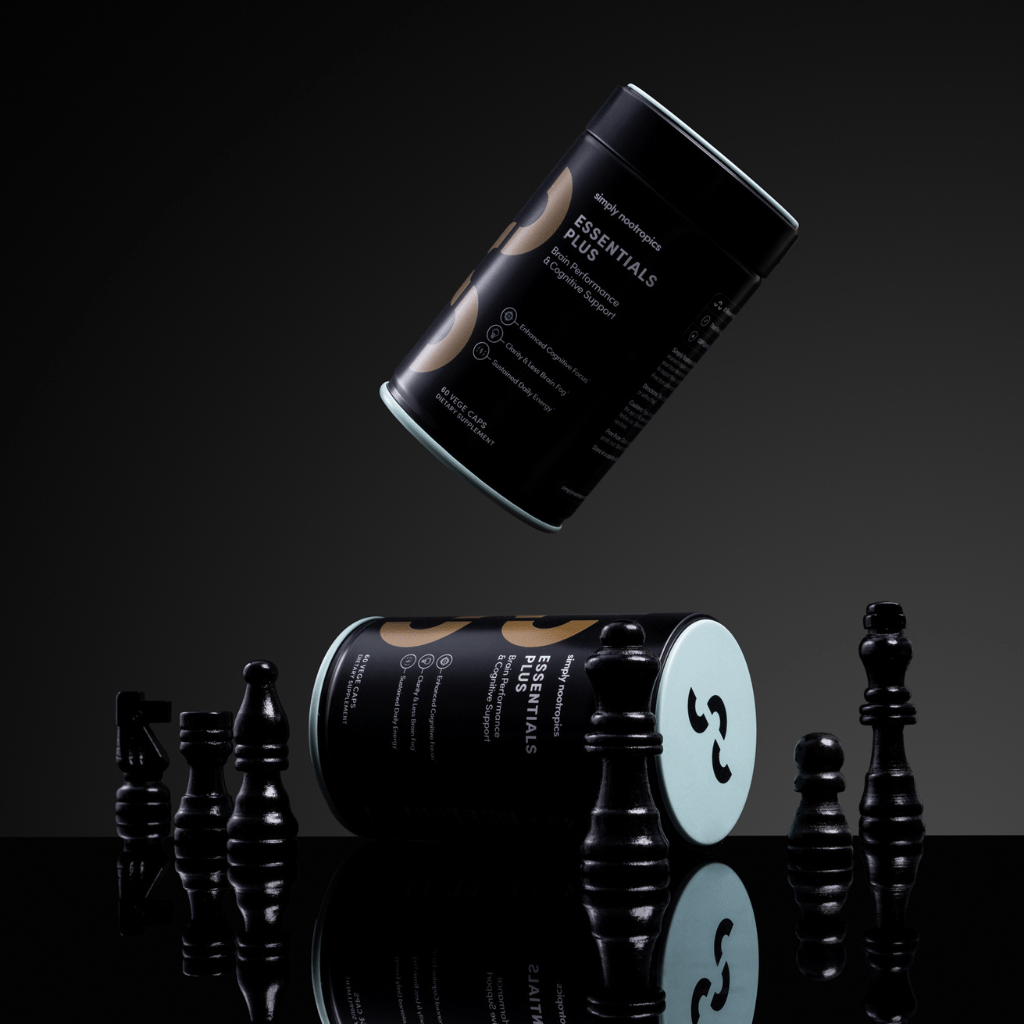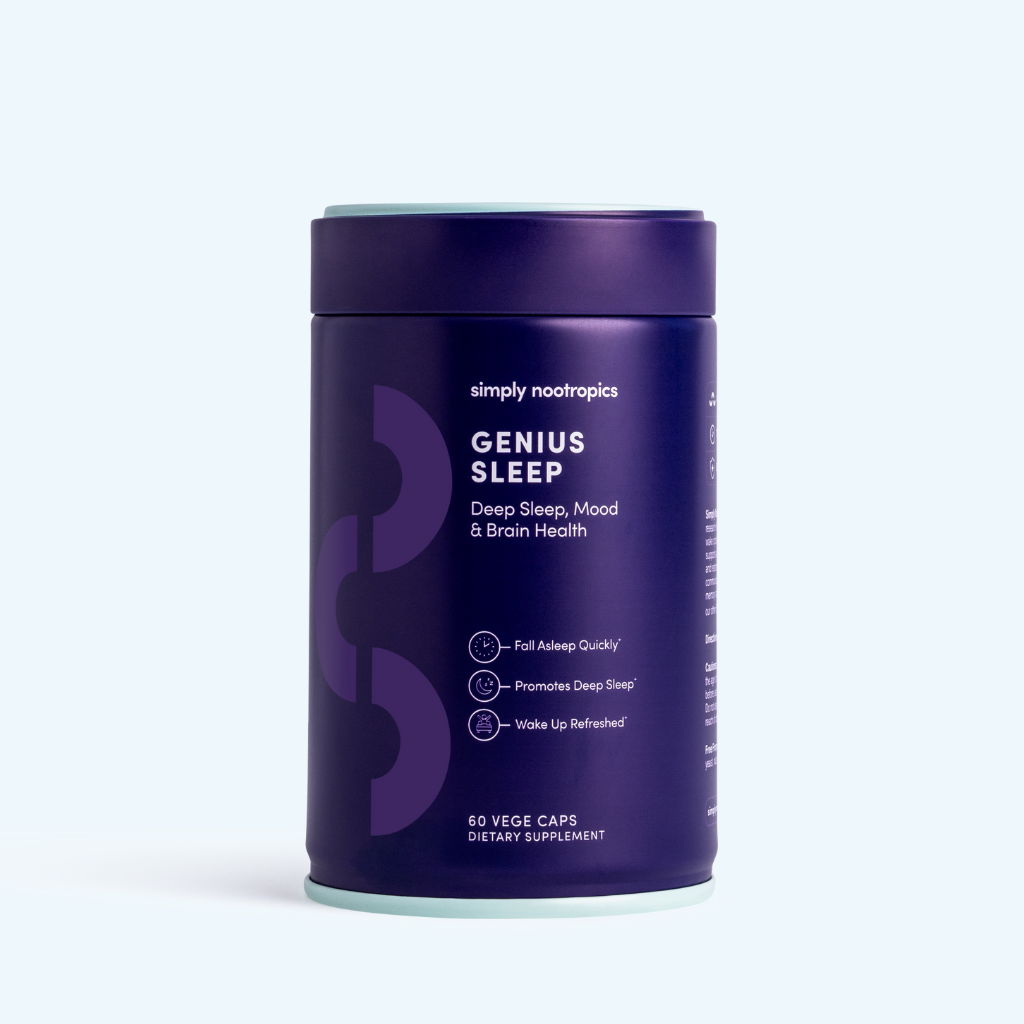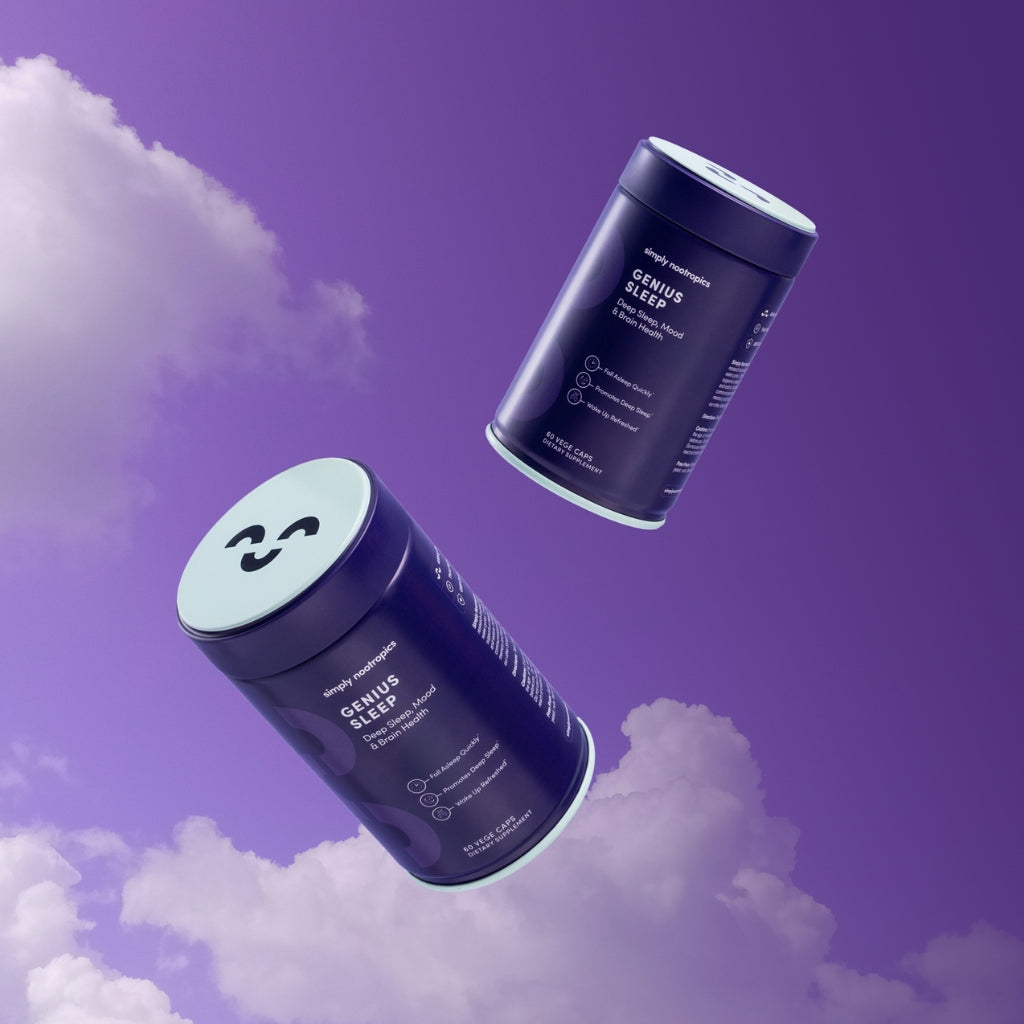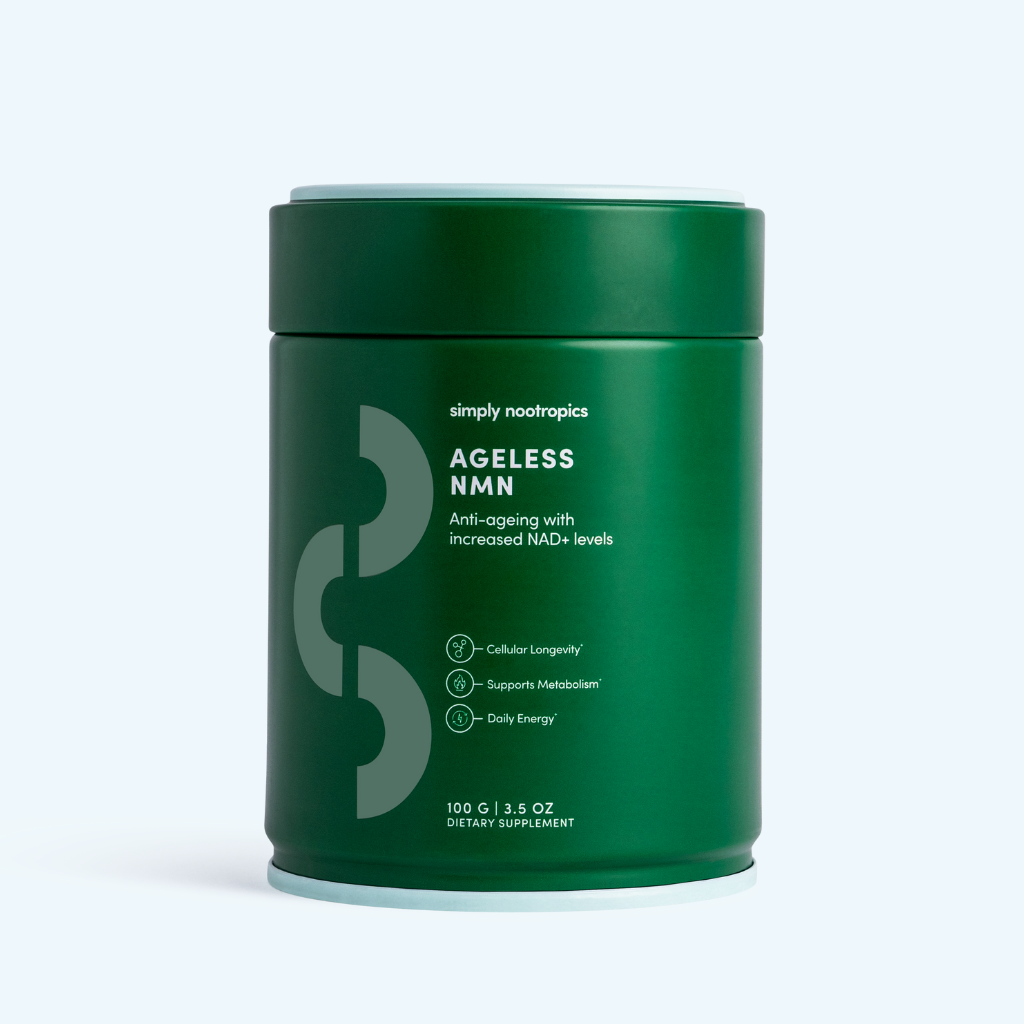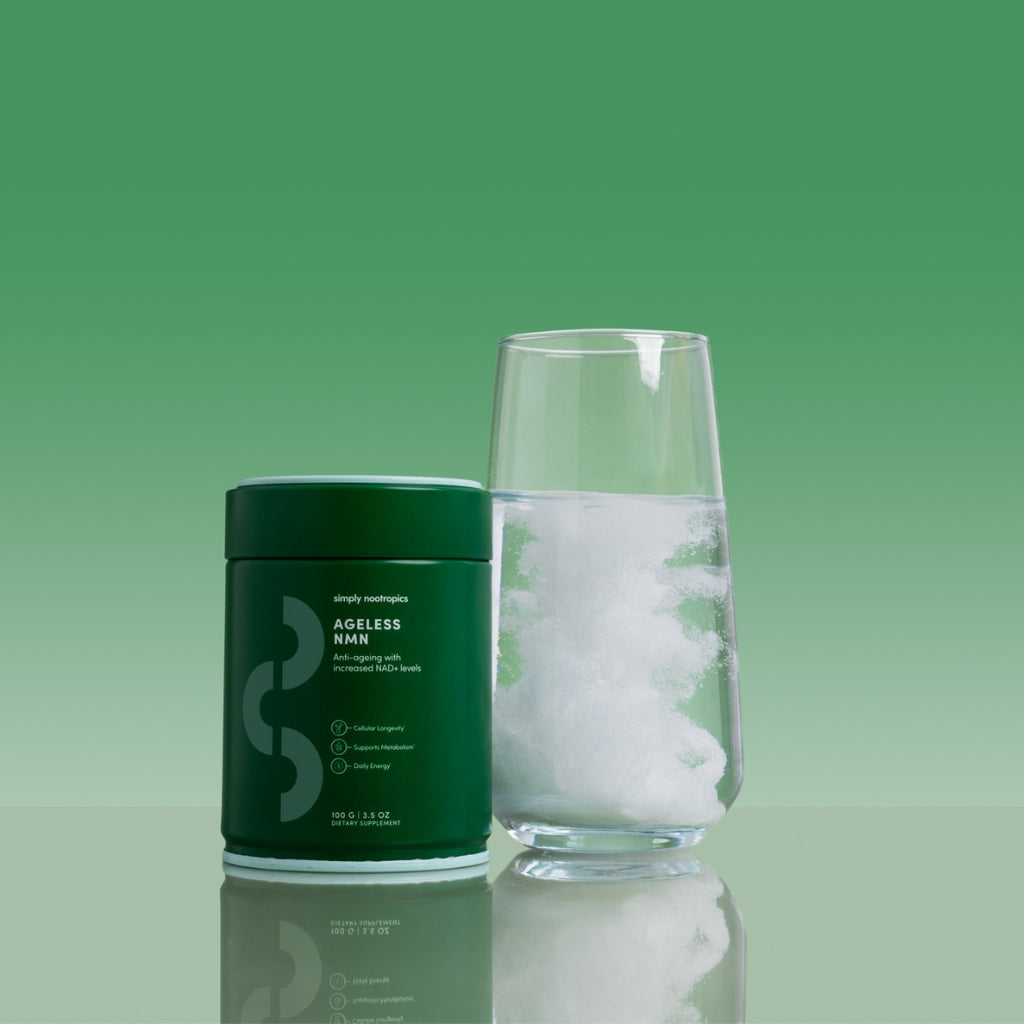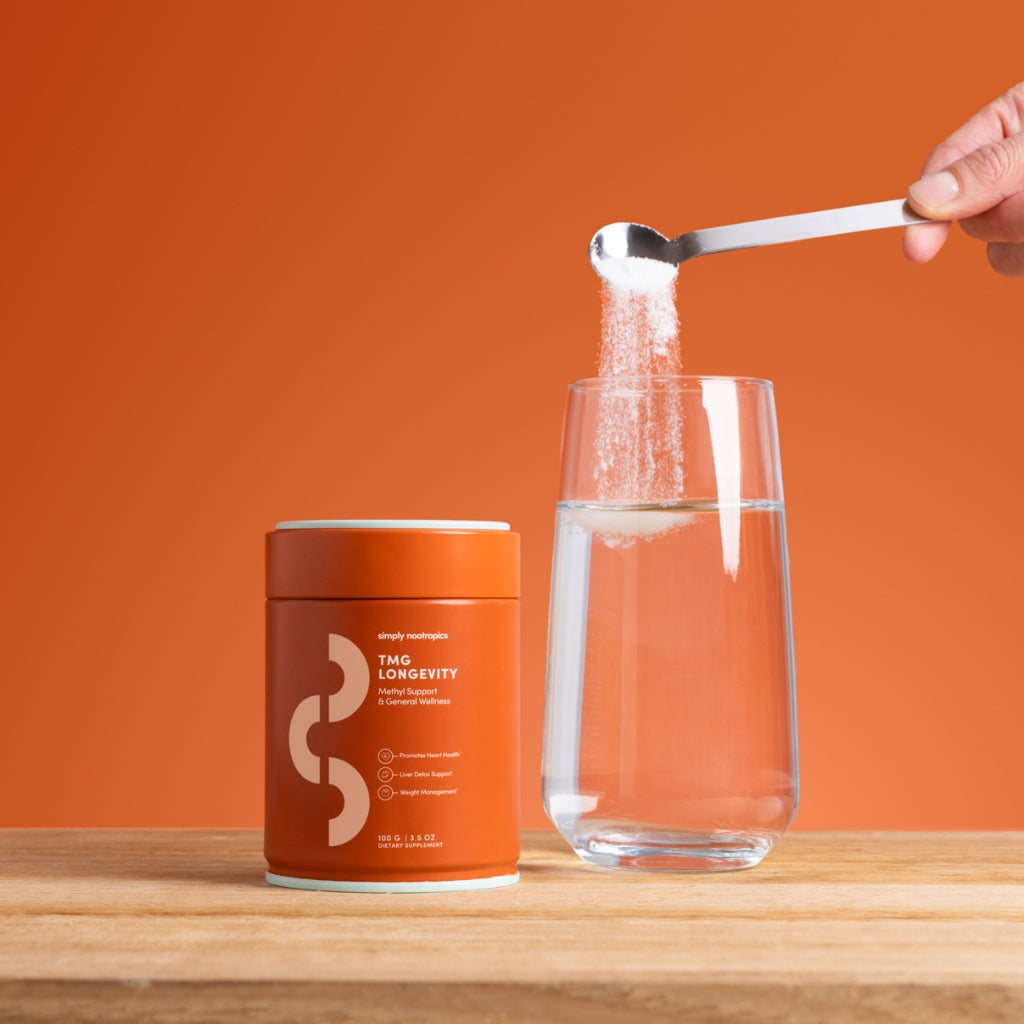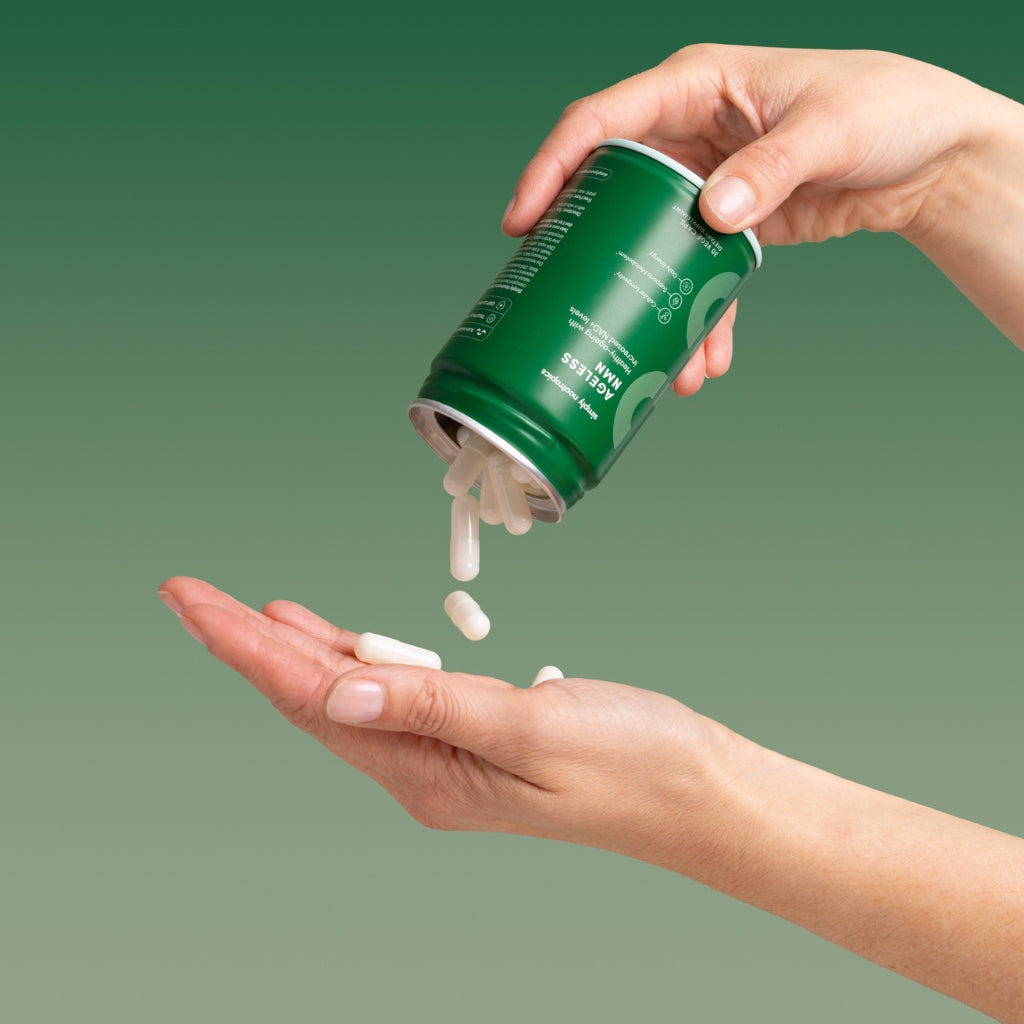If you’ve dipped a toe into the world of longevity supplements, chances are you’ve seen these three letters pop up again and again: NAD. This molecule fuels everything from mitochondrial energy to DNA repair, and it’s often described as the currency of cellular health. But NAD+ declines with age, and that decline is tied to fatigue, slower metabolism, poor sleep, and increased disease risk.
NMN (nicotinamide mononucleotide) and NR (nicotinamide riboside) are two of the most popular supplements designed to boost NAD+ from the inside out. Both are NAD+ precursors, backed by real science. But if you’ve ever wondered which one works faster, which one lasts longer, and which one’s worth your money, you’re not alone.
This blog breaks it all down: the science, the benefits, the differences, and the real-world outcomes.
What Are NMN and NR
Let’s start with the basics. Both NMN and NR are forms of vitamin B3 and serve as building blocks for NAD+, which your cells use to make energy, repair DNA, and regulate stress responses. When NAD+ levels fall, as they naturally do with age, everything from cognitive function to cardiovascular health can take a hit.
Taking NMN or Nicotinamide Riboside helps replenish your body’s NAD+ stores, giving your cells the fuel they need to function more like they did in your 20s.
But they don’t work exactly the same way.
-
NR converts into NMN, which then converts into NAD+
-
NMN skips a step and is converted directly into NAD+
So in theory, NMN has the edge. But the story doesn’t end there.
Bioavailability: Can Your Body Actually Use It?
One of the early concerns with NMN was that it might be too large to enter cells efficiently. That changed when scientists discovered Slc12a8, a dedicated transporter that pulls NMN into cells, especially in the small intestine, where supplements are absorbed. This discovery put NMN back in the game and helped explain why so many people report feeling its effects quickly.
On the other hand, Nicotinamide Riboside is smaller and more stable, and its bioavailability was established earlier, with multiple studies confirming that oral NR raises NAD+ levels in blood and tissue. But remember: NR must first be converted to NMN before it can become NAD+, a step that may slow its impact, depending on your body’s enzyme activity.
So which one absorbs better? The answer is contextual:
-
NMN might reach muscles and the brain faster
-
NR might linger longer in liver and fat tissue
Speed of Effects: NMN for the Win?
Let’s say you're dragging through your workday, struggling with focus, or recovering from a workout that shouldn’t have wiped you out. You want something fast-acting, right?
This is where NMN tends to shine.
In human studies:
-
A 300mg oral dose of NMN has been shown to significantly raise NAD+ in blood within 2 hours.
-
Many studies have shown rapid improvements in endurance, cognition, and insulin sensitivity after short-term NMN supplementation.
Many users also report a noticeable lift in energy, mental clarity, and motivation within a few days, sometimes hours, of starting NMN.
Nicotinamide Riboside, while effective, tends to have a slower onset, with some studies showing a 6–8 hour window before NAD+ peaks, and often requiring larger doses to reach the same outcome.
So if you're looking for a quick pick-me-up or fast recovery, NMN may be the better short-term performer.
Longevity Support: Who’s Backed by More Research?
NR was first to market and has more published clinical studies, especially those looking at long-term use in humans. It's been linked to improvements in:
-
Liver enzyme levels
-
Blood pressure
-
Cholesterol and lipid profiles
-
Cognitive performance in older adults
However, newer human studies on NMN are starting to match (or even outshine) these findings, with results showing benefits such as:
-
Improved insulin sensitivity
-
Better blood flow and vascular flexibility
-
Enhanced muscle endurance and oxygen use
-
Sleep improvement and circadian support
Importantly, NMN appears to increase NAD+ more efficiently in skeletal muscle than NR, an advantage for ageing adults, athletes, and anyone focused on physical performance.
So while Nicotinamide Riboside has more long-term data, NMN is catching up fast, and shows stronger results for muscle and brain function so far.
Tissue Targeting: They Don’t Go to the Same Places
Emerging research suggests that NMN and NR may target different tissues:
-
NMN accumulates more in skeletal muscle, brain, and vascular tissue
-
NR may concentrate more in the liver and white adipose tissue (fat)
This means they may be more complementary than competitive. If your goal is fat metabolism or liver support, NR could be more relevant. But for cognitive clarity, exercise recovery, or healthy ageing of the brain and muscles, NMN likely holds the edge.
Safety, Stacking, and Side Effects
Both NMN and NR are considered safe and well-tolerated. Most studies show no serious side effects at doses up to 2000mg/day. That said:
-
Some people experience mild nausea or flushing with NR at high doses.
-
NMN users occasionally report increased vivid dreams, likely tied to NAD+’s role in regulating REM sleep and circadian cycles.
Some advanced users choose to stack both NMN and NR, or alternate them, depending on their goals. This is a practice gaining traction, especially when paired with TMG or a B-complex to support methylation.
Not All Products Are Equal
If you're choosing NMN:
-
Look for third-party testing
-
Choose powders or capsules with no fillers
-
Opt for brands that specify purity (99%+) and storage conditions (NMN is sensitive to humidity and heat)
So... Which One Should You Take?
You Might Prefer NMN If:
-
You want faster energy, recovery, or brain focus
-
You’re physically active or feeling the effects of ageing
-
You’re already supporting methylation (e.g. with TMG)
-
You care most about muscle health, endurance, or mental clarity
You Might Prefer Nicotinamide Riboside If:
-
You want slow, steady metabolic support
-
You have issues with cholesterol, insulin resistance, or liver function
-
You’ve used vitamin B3 or niacin derivatives successfully before
-
You prefer something that’s been studied longer in human trials
Final Verdict
NMN and NR are not interchangeable, but they’re both valuable. NMN works faster, especially in tissues where you feel it most (brain, muscle, energy). Nicotinamide Riboside may offer longer-term metabolic support, especially for fat and liver health.
The real question isn’t which one is best universally, but rather: Which one’s best for you right now?
If your main concern is fatigue, focus, or performance, starting with NMN makes sense. At Simply Nootropics, our Ageless NMN delivers 100% pure NMN with no caffeine, no fluff, and no fillers, just clean support for better ageing, deeper sleep, and clearer thinking.
If your goals lean more towards skin, hair, and overall metabolic balance, you may benefit from NR as part of a broader longevity routine. That’s why we’ve included NR in our Vital Beauty formula, designed not only to support healthy NAD+ levels, but to do so alongside collagen peptides, vitamin C, and E for visible radiance and long-term repair. It’s a dual-action approach: beauty on the outside, cellular resilience from within.



